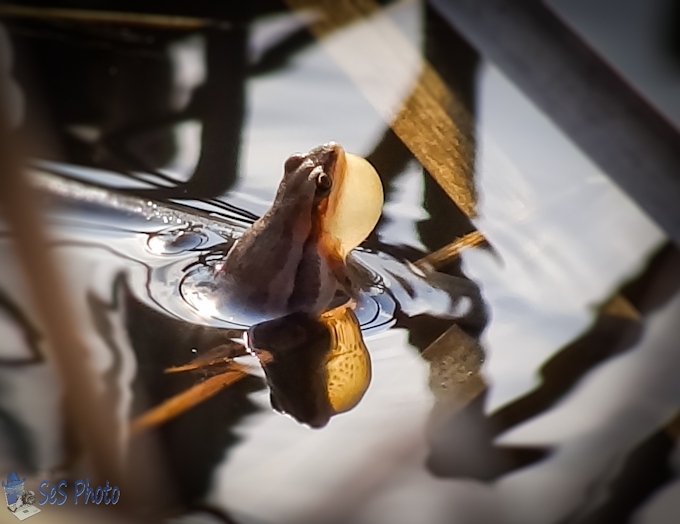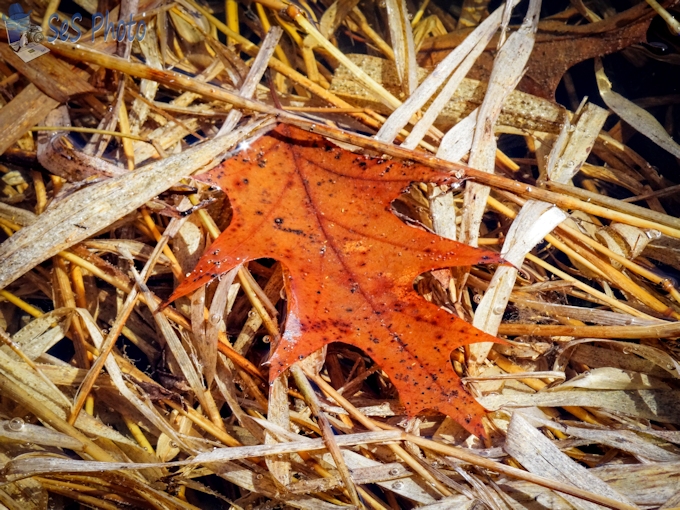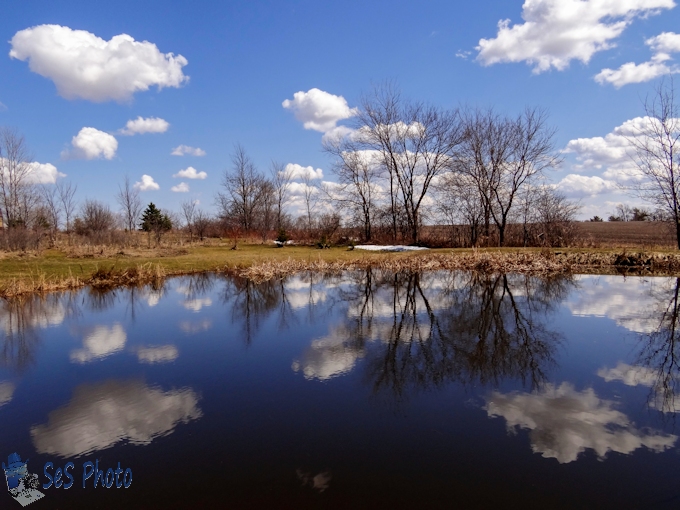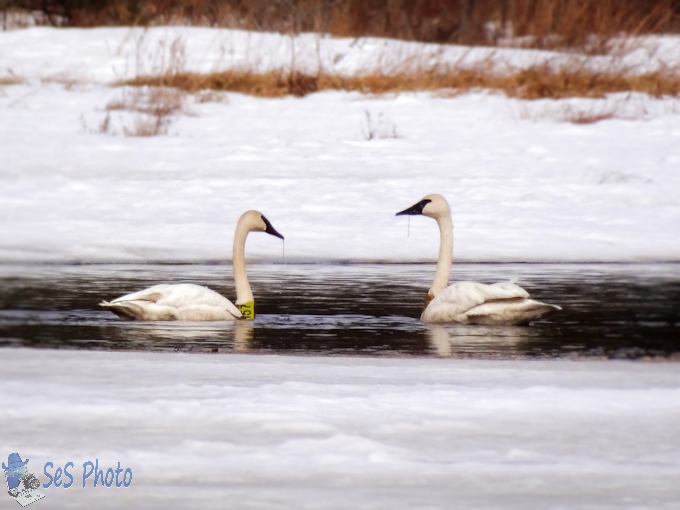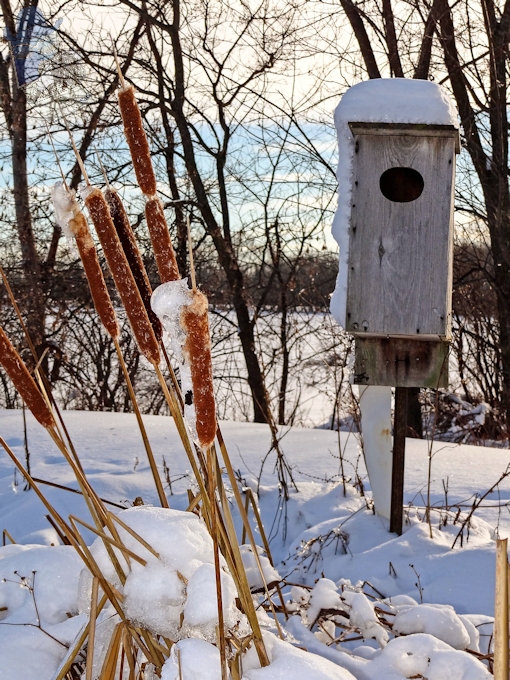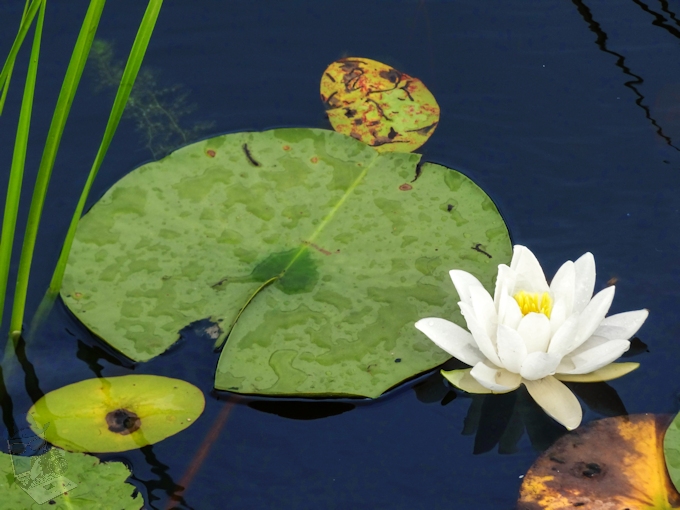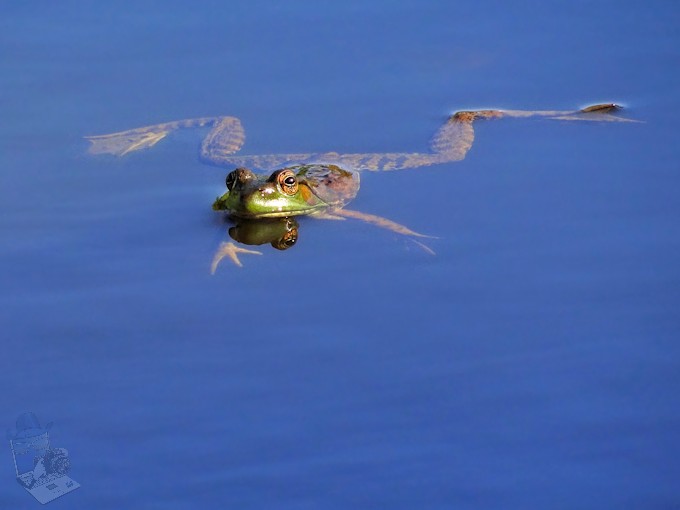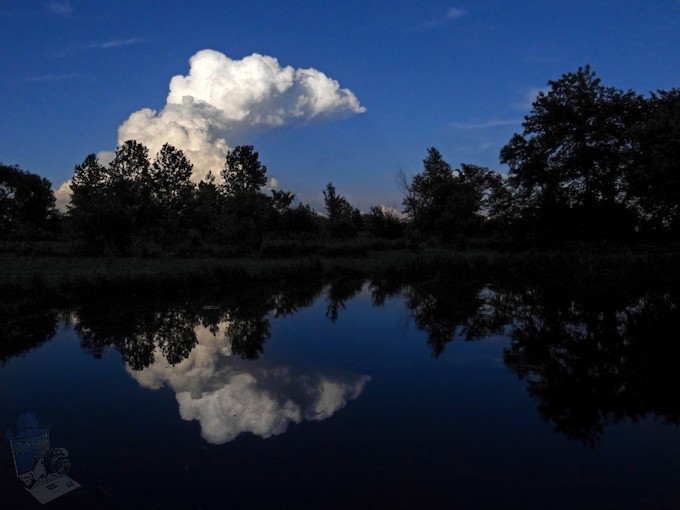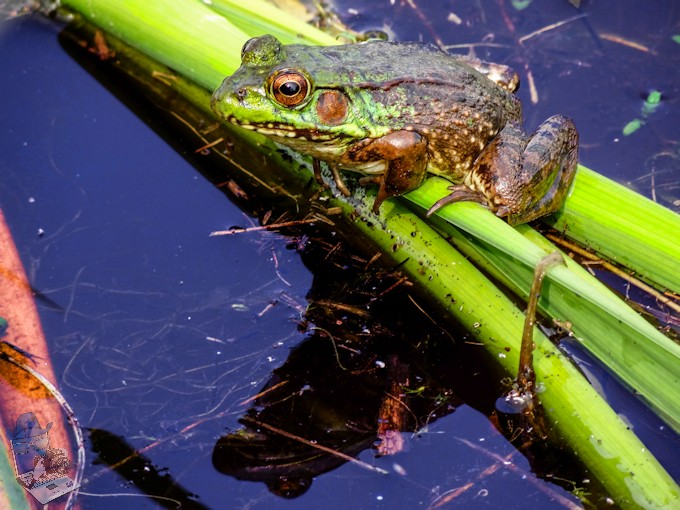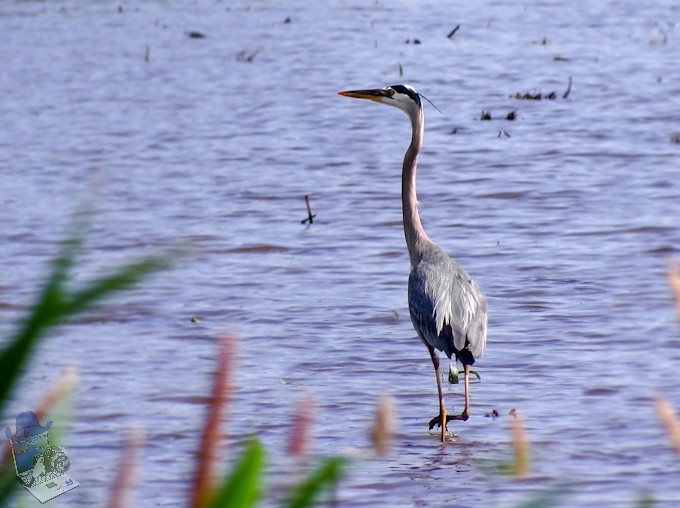According to the frogs, spring has finally arrived as they have been croaking up a storm. It is amazing how a tiny frog an inch long can make a noise that carries so far. I was expecting to find some big frogs making the ruckus down at the pond and it with so many singing, it was hard to find the individual noise makers, especially when I discovered most of them were little critters who double their width when they ‘croak’ and their vocal sac distends outward.
All the noise in the spring is to attract females and it is said that female frogs prefer males that produce sounds of greater intensity and lower frequency, attributes that stand out in a crowd. The rationale for this is thought to be that by demonstrating his prowess, the male shows his fitness to produce superior offspring. I heard a large range of sounds and some very high pitched ones that hurt my ears so hopefully the females will hurry up and pick their mate so the noise level goes down.
Click on the play button to hear the frog choir at the pond!
Noisy Frog


